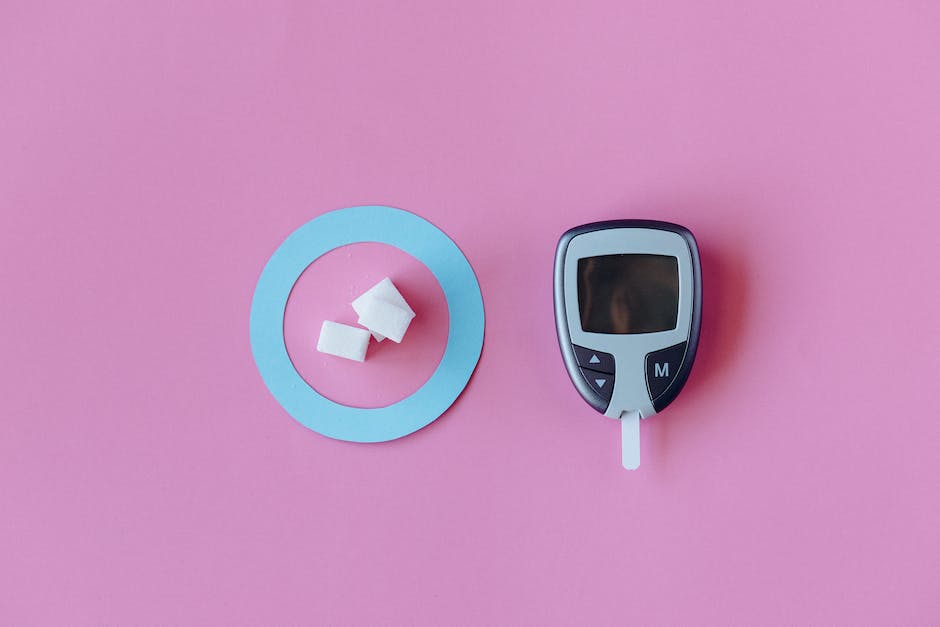Now, let’s talk about what aonda Weber smartwatches are good for. They are specifically intended for people who are not diabete in charge of their blood pressure. Diabete cannot check blood pressure or heart rate on their weber watch!
Weber watches help you monitor your blood pressure using a rotating band that tracks your hourly and daily blood pressures. You can also monitor your blood sugar levels with this mode by checking the length of the watch while it measurements the glucose in your wrist.
This mode is not recommended to be used by people with high or low blood pressure, as the watch may not be reliable at detecting changes in pressure and/or degree of hypertension.
How does a smartwatch measure blood pressure?
Most blood pressure monitors are sensor-based, meaning that they take a reading by measuring the change in resistance when you move your wrist. This is the case with most wrist monitors.
However, some blood pressure monitors use sound to measure blood pressure. This is the case with hearing aides and sleep trackers. You will need to make sure your monitor has the necessary hardware to measure blood pressure!
How does a smartwatch measure blood pressure? dramaque?
dramaque?Bullet point: Most models have four or five points on which the watch must be equal or larger than your normal Blood Pressure value. These values are: 120/80, 140/90, 160/100, and 180/120.
Does the smartwatch measure blood pressure accurately?
Most blood pressure monitors are based on the idea that you have a limited amount of blood in your blood vessels, which travels through the monitor to measure pressure. This limited number of blood vessels within a monitor makes it difficult for it to measure both systole and diastole, or moving and settled phases of the heart cycle.
This is why deep vein pressures are usually measured instead.
However, many people find this antiquated concept not user friendly and too complicated. Furthermore, since this only measures systolic pressure, people who struggle with higher pressures may be unable to use it.
What features does the watch have?
A smartwatch is a device that monitors and charges your mobile phone. It does this by connecting to your phone via a Bluetooth connection.
Once connected, it can then measure your blood pressure and read your heart rate. This helps it understand your daily routine so it can charge you more accurately.
It also has features such as tracking steps and sleep to help you stay accountable to yourself.
Many users have claimed that the watch has helped them lose weight because of the automatic weight loss feature. The only difficulty some have had with the watch is getting used to its size.
Which brands make good smartwatches?
As the name suggests, a smartwatch is designed to be smart. It uses its built in sensors to measure things like heart rate and blood pressure.
Most consumer grade smartwatches have a GPS chip and/or an altimeter to calculate time and location. These chips can affect your heart rate, making it harder for you to stay calm.
Grade A smartwatches have chips with no downsides and only one feature. These are usually very durable and well made. You will need a strong wrist bone or disability to buy a grade A smartwatch.
Grade B+ or C+ watches have some of the features of grade A but with an added benefit or feature. These watches may not last as long as grade A but are worth the investment in benefits due to quality of craftsmanship.
Are there any drawbacks to these devices?
There are some pretty big drawbacks to wearables such a blood pressure monitors. They are often large and occasionally expensive.
Many people are hesitant to purchase a device that can be attached to someone else! Most people would not want to have a monitor strapped to their wrist while they work!
Additionally, monitors can cost a lot of money if you need new ones. Pro-actively purchasing new monitors at your next health fair or in the monthly C-Genivieca is an affordable way to start tracking your health.
However, if you have older ones that don’t work anymore, then it is time to let them go! You can sell them on eBay or through your local charity shop!
These devices are very expensive to maintain, so it is worth checking out the companies that make them for support services such as replacement watchbands.
What is the cost of these devices?
There are several types of smartwatches out in the market today. Some are cheap, low-tech devices that stick a clip on your wrist to monitor blood pressure and heart rate. These monitors cost around $20 and can be difficult to track your progress as you progress in your lifestyle and health.
More expensive models use tech such as sensors to track blood pressure, but not as well for heart rate. These more advanced watches cost around $300+ and are more likely to be worn every day.
Both kinds of watches can be useful, just depends on what you need!
Having a watch that knows your blood pressure is helpful for weight loss, health issues, or just feels nice to have on hand.
Is it worth buying one?
As the name suggests, smartwatches are fitted with a smartwatch chip. This chip can monitor your physical health such as blood pressure and heart rate.
Unfortunately, there is a catch: It cannot measure your wrist vein pressure! But it can estimate it, which is what this article is about.
That’s right- the more accurate the wristband or watch estimate of blood pressure, the more cost effective it will be. Many companies have created necklaces or skins that are applied to watches for this reason.
The best budget smartwatches do not have high resolution sensors on their faces, but rather on extensions of the watch that can measure things.
What are the key features to look for?
A smartwatch should have the following key features: able to measure blood pressure, be able to act as a fitness tracker, be able to track sleep and movement, and be waterproof.
When it comes to measuring blood pressure, no feature takes priority over the others. Most watches today have a limited number of blood pressure places on the screen (either all low or none), making it difficult to gauge how much you are changing your wrist position.
But with some time and effort, it can be done. A good place to start is with less-expensive models that have just one button that measures Blood Pressure. Once you feel comfortable with that, move on to ones with more features.
It is usually best to start with ones that are only slightly more advanced than your basic model.







